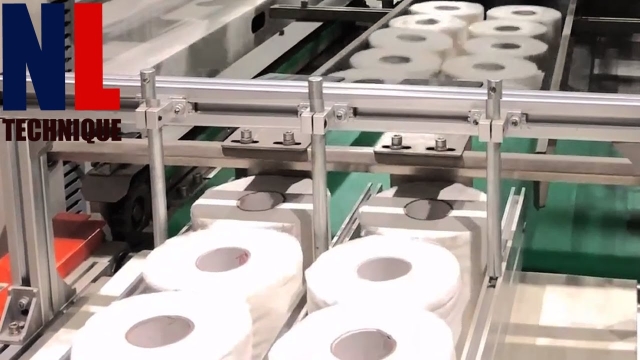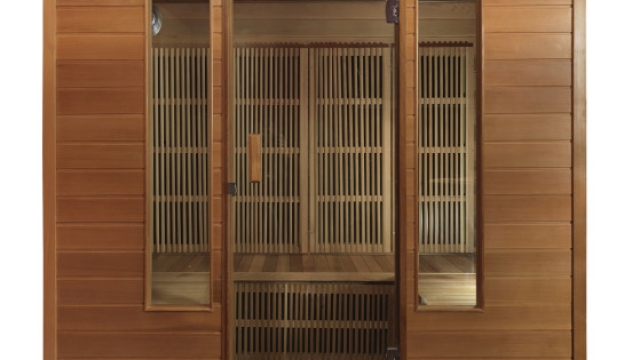Have you ever wondered about the fascinating journey that our beloved toilet paper takes, from humble pulp to those unforgettable rolls that we rely on every day? The world of toilet paper manufacturing is a highly intricate one, blending science, innovation, and advanced technology to bring us this essential product. In this article, we will uncover the secrets behind the creation of toilet paper, taking a closer look at the intricate process and offering you a comprehensive guide to paper manufacturing. From trees to tissue, get ready to delve into the fascinating world of toilet paper production. So, join us as we embark on this journey through the factories where dreams, or rather rolls, are made.
The Origins of Toilet Paper
Toilet paper, a humble product that we often take for granted today, has an intriguing history that dates back centuries. From its early origins to the present day, this essential bathroom companion has undergone notable transformations and played a vital role in maintaining sanitation and hygiene practices.
Long before the invention of toilet paper, ancient civilizations found creative ways to cleanse themselves after using the facilities. In ancient Rome, for example, people would use a sponge attached to a stick, known as a "spongia." These sponges were shared communally, and after use, they would be cleaned in running water before being reused by the next person. This practice was not only resourceful but also an essential part of everyday life.
It wasn’t until the 6th century AD that the first recorded use of paper for personal hygiene can be traced back to China. Although it wasn’t specifically designed for toiletry purposes, emperors and nobles would use large sheets of scented paper to cleanse themselves. This luxury was not accessible to the general population, and most people had to make do with alternatives like leaves, wool, or even their bare hands.
The significant shift towards the mass production of toilet paper began in the 19th century with the rise of the paper industry. In 1857, Joseph Gayetty, an American inventor, introduced the first commercially available toilet paper. Known as "Gayetty’s Medicated Paper," it was a pack of individual sheets infused with aloe to provide a soothing and cleansing experience. Although it was a step in the right direction, this early form of toilet paper was not yet perforated, making it less efficient to use.
The history of toilet paper is a testament to human ingenuity and the relentless pursuit of cleanliness and comfort. From ancient sponges to scented Chinese paper, we have come a long way. As we delve deeper into the world of toilet paper manufacturing, we will explore the intricate processes and techniques that have shaped this indispensable household item. Stay tuned for the next section, where we embark on a paper manufacturing guide dedicated to toilet paper.
The Manufacturing Process
Toilet paper manufacturing involves a fascinating series of steps that transform raw pulp into those unforgettable rolls we use every day. The process begins with the careful selection and preparation of the materials needed to produce high-quality toilet paper.
First, a mixture of wood pulp and water is combined in a large vat, creating a fibrous slurry. This slurry is then passed through screens to remove any unwanted debris, such as twigs or bark. After this initial screening, the pulp undergoes a bleaching process to achieve the desired brightness and cleanliness.
Next, the pulp is spread out and pressed between large, rotating cylinders. These cylinders help squeeze out excess water from the pulp, resulting in a more concentrated fiber mixture. The partially dried pulp is then passed through heated metal rollers, which further remove moisture and shape the fibers into a continuous sheet.
The final stage of the manufacturing process involves winding the continuous sheet of pulp onto large rolls. These rolls are then cut into individual sections, each one representing a single roll of toilet paper. The newly cut rolls are carefully packaged and stored, ready to be shipped to stores and eventually find their way into our homes.
And that concludes our overview of the captivating manufacturing process behind toilet paper! Understanding the meticulous steps involved provides a deeper appreciation for this everyday product and the remarkable journey it takes from pulp to unforgettable rolls.
Innovations in Toilet Paper Production
In the world of toilet paper manufacturing, innovation has played a significant role in shaping the industry. From basic pulp to unforgettable rolls, advancements have revolutionized the way toilet paper is produced and enhanced its overall quality.
Brown NapkinEnhanced Softness and Strength: Manufacturers have constantly strived to improve the softness and strength of toilet paper. Through advanced processes and better selection of raw materials, today’s toilet paper is softer and more durable than ever before. This ensures a comfortable and reliable experience for users.
Environmentally-Friendly Alternatives: As awareness about sustainability grows, toilet paper manufacturing has also embraced eco-friendly alternatives. Innovations in production methods have led to the creation of toilet paper made from recycled paper fibers or bamboo, reducing the reliance on virgin wood pulp and minimizing environmental impact.
Quilted and Embossed Designs: Toilet paper is not solely functional but also aesthetically pleasing. Manufacturers have introduced quilted and embossed designs that not only improve softness but also enhance visual appeal. These patterns are achieved through innovative embossing techniques, adding an extra touch of luxury to the toilet paper experience.

The constant drive for innovation in toilet paper production has resulted in a diverse range of options for consumers. With improved softness, strength, eco-friendly alternatives, and visually appealing designs, manufacturers continue to push the boundaries, ensuring that toilet paper meets the evolving needs and preferences of people around the world.



